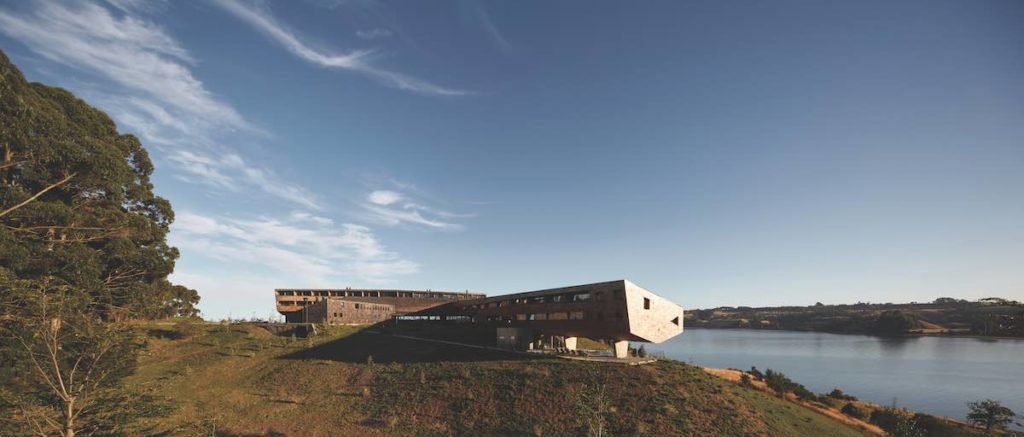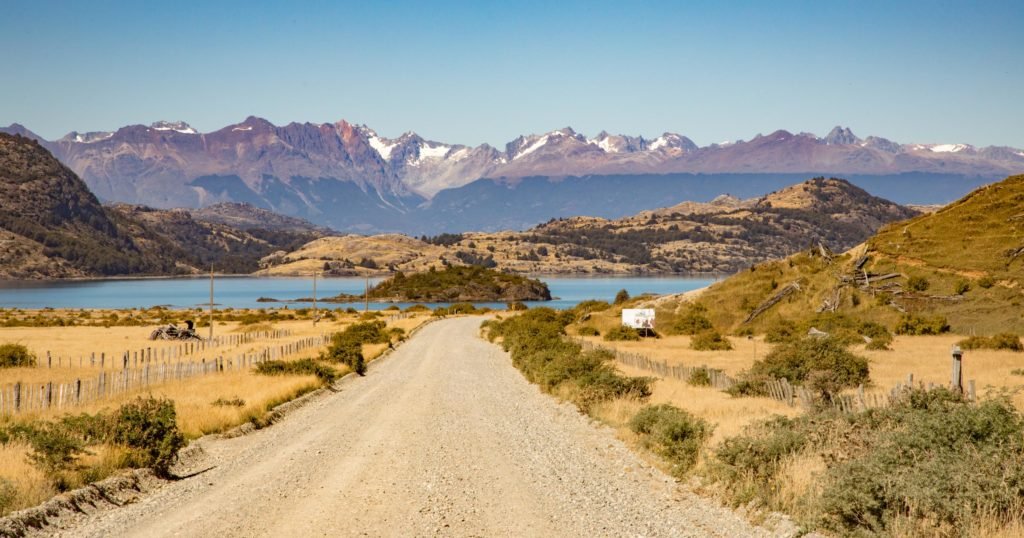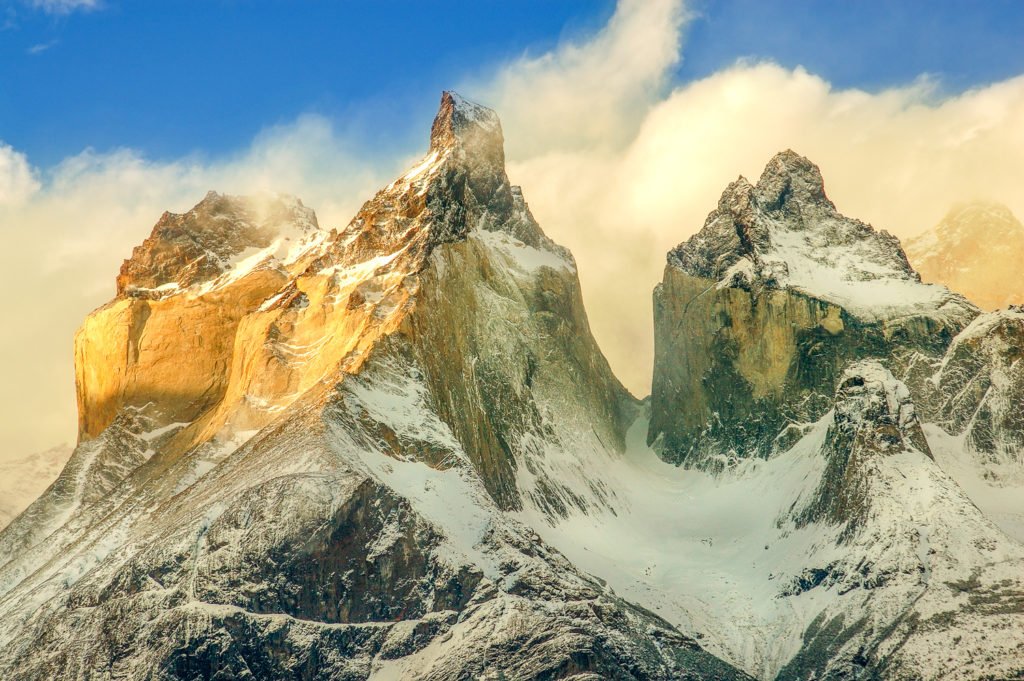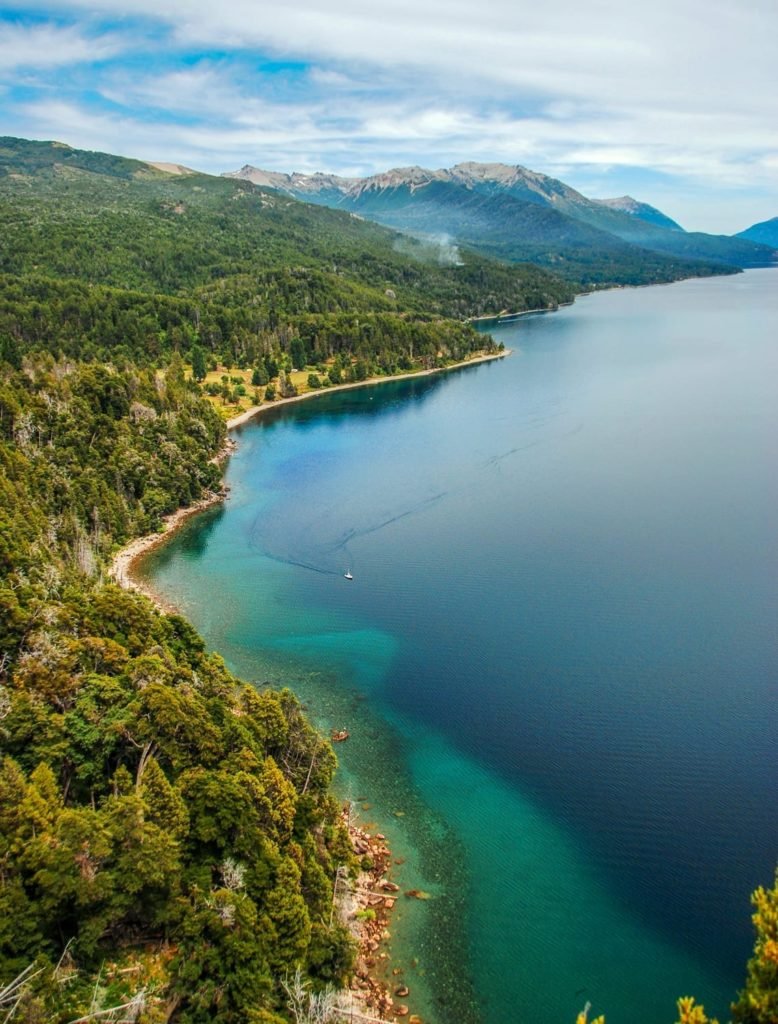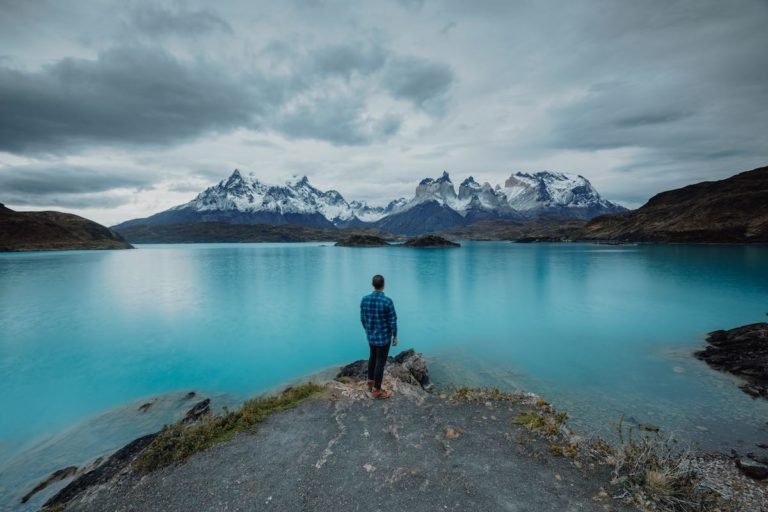Chiloe Island
The Grand Island of Chiloe and its neighboring islands are divided from the mainland by the Gulf of Ancud and the Canal de Chacao. These islands are part of the Chilean Coastal Range, the oceanfront cordillera running north-to-south; parallel to the Andes. Scores of islets lie off Chiloe’s coast, providing a perfect setting for sea kayak and sailing trips.
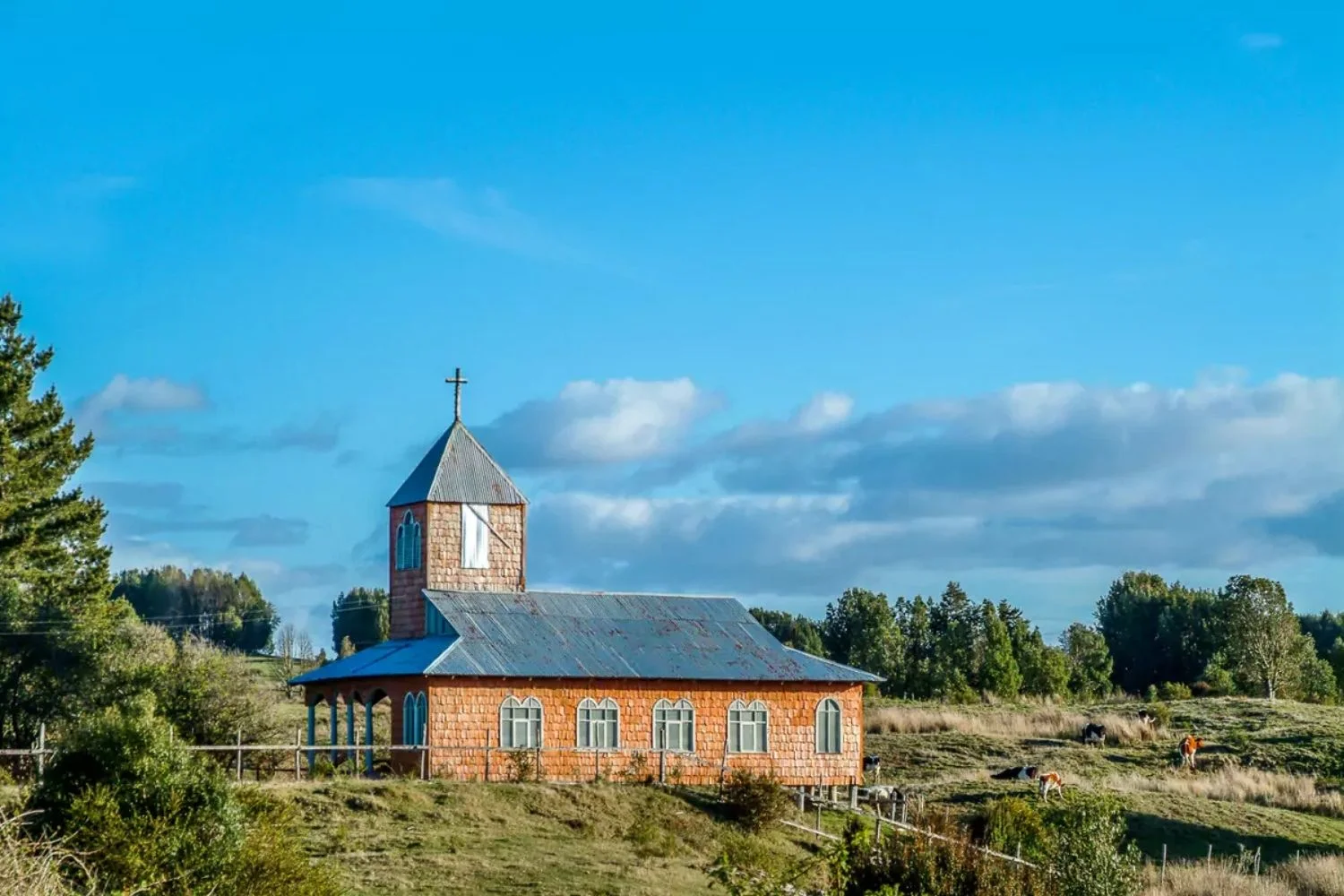
Spanish colonizers were never able to conquer the mighty Mapuche people of the southern mainland. As a result, Chiloe was the only Spanish outpost south of the Bio Bio River for over 300 years. Over time, Spanish immigrants blended with the island’s indigenous population. Inspired by the myths of both cultures and the misty wonder of their island, Chilotes developed a unique folklore inhabited by gods, dwarves, wizards, mermaids, and magical beasts. These legends live on in the practices, sayings, and superstitions of locals.
High tides wash shellfish ashore, which residents gather and prepare in savory curantos—hearty mixtures of native potatoes, meat, mussels, and razor clams.

Ancud and Castro
Ancud and Castro, the island’s main port towns, exhibit an air of timelessness. Fisherman still bring in the daily catch, the main plazas are quiet, and local markets sell handcrafted boxes and sweaters. The surrounding countryside—rolling hills, pastures, and woodland—is dotted with small farming settlements. While you’d be forgiven if you mistook this landscape for New Zealand or Ireland, one noteworthy difference is the traditional wood-shingled homes and churches.
In recognition of their unique architectural form, fourteen wooden churches were declared World Heritage Sites by UNESCO in the year 2000.
Chiloe National Park
Chiloe’s island’s south and west coasts are thick with evergreen rainforests. Chiloe National Park protects 106,000 acres of old-growth woodlands and beaches. During the November through February summer season, backpackers can hike from trailheads near Cucao, 22 miles southwest of Castro, through the humid tepú forest, and along the pristine shore.

What to do on Chiloé Island
The natural beauty and cultural heritage of Chiloé Island make it an exceptional destination for exploration. The island offers a wide range of activities for travelers of all interests. Whether venturing into its national parks, paddling along quiet fjords, or visiting lively markets, Chiloé invites discovery at every turn. Visitors to Chiloé can enjoy:
- Hiking Epukuden Park
- Visiting the San Francisco or Nercón Church
- Day trips to Castro, the Island’s vibrant capital city
- Exploring Tepuhueico Park
- Horseback riding along ancient trails
- Visits to local markets
- Horseback Riding
- Trekking
- Biking or E-Biking
- Kayaking
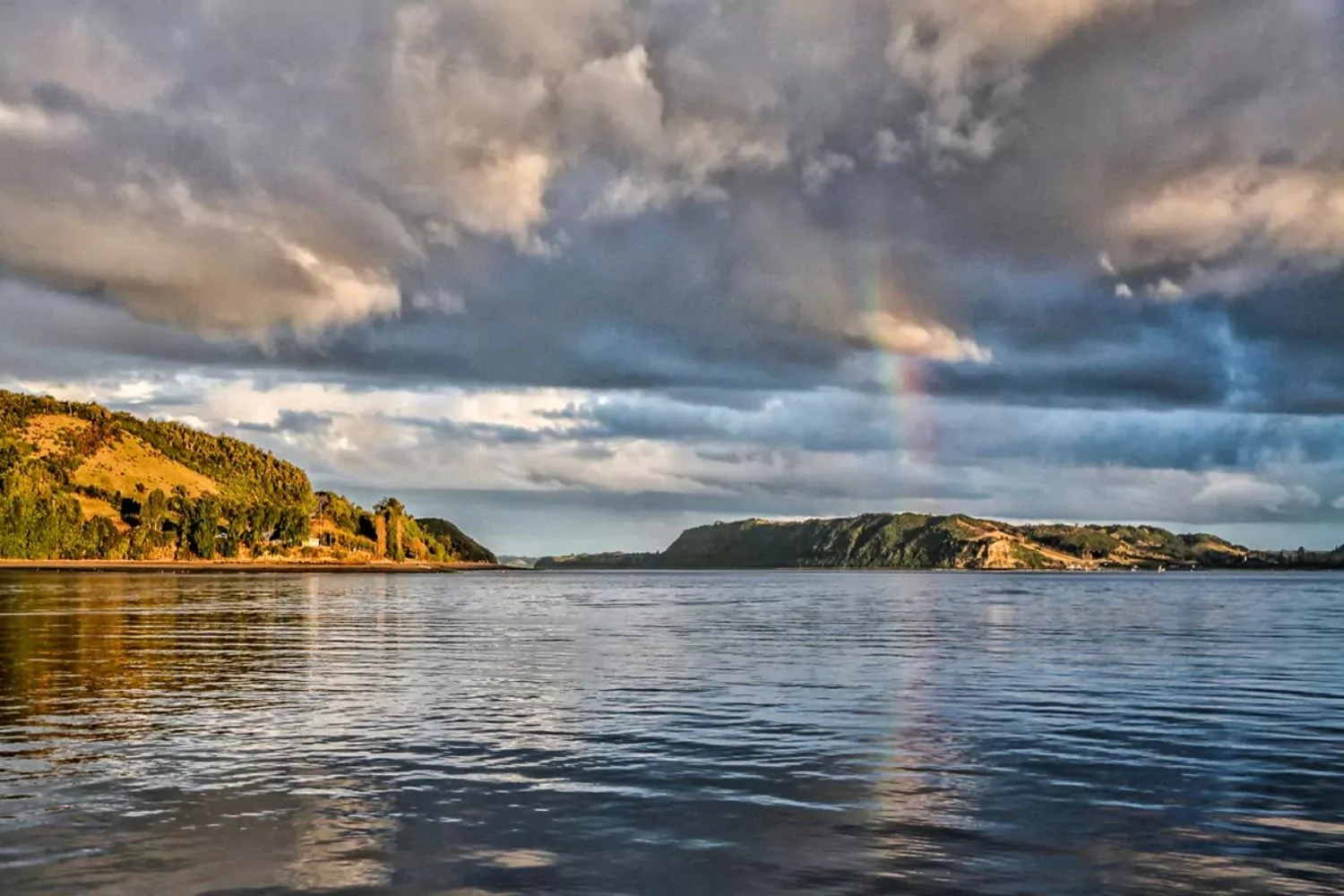
What is the Weather Like?
Chiloé Island has a cool, maritime climate with frequent rainfall, much like coastal Washington State. Summer months (December to March) bring mild temperatures, with daytime highs averaging between 60°F and 65°F. Even in the driest months, mist and light rain are common.
The winter season (June to August) is wetter and cooler, with high temperatures around 50°F and frequent overcast skies. Rainfall is abundant throughout the year, contributing to Chiloé’s lush landscapes and misty atmosphere.
No matter when you visit, the weather in this area can surprise you. These averages are changing, please check extended weather forecasts using your favorite weather app prior to departure.
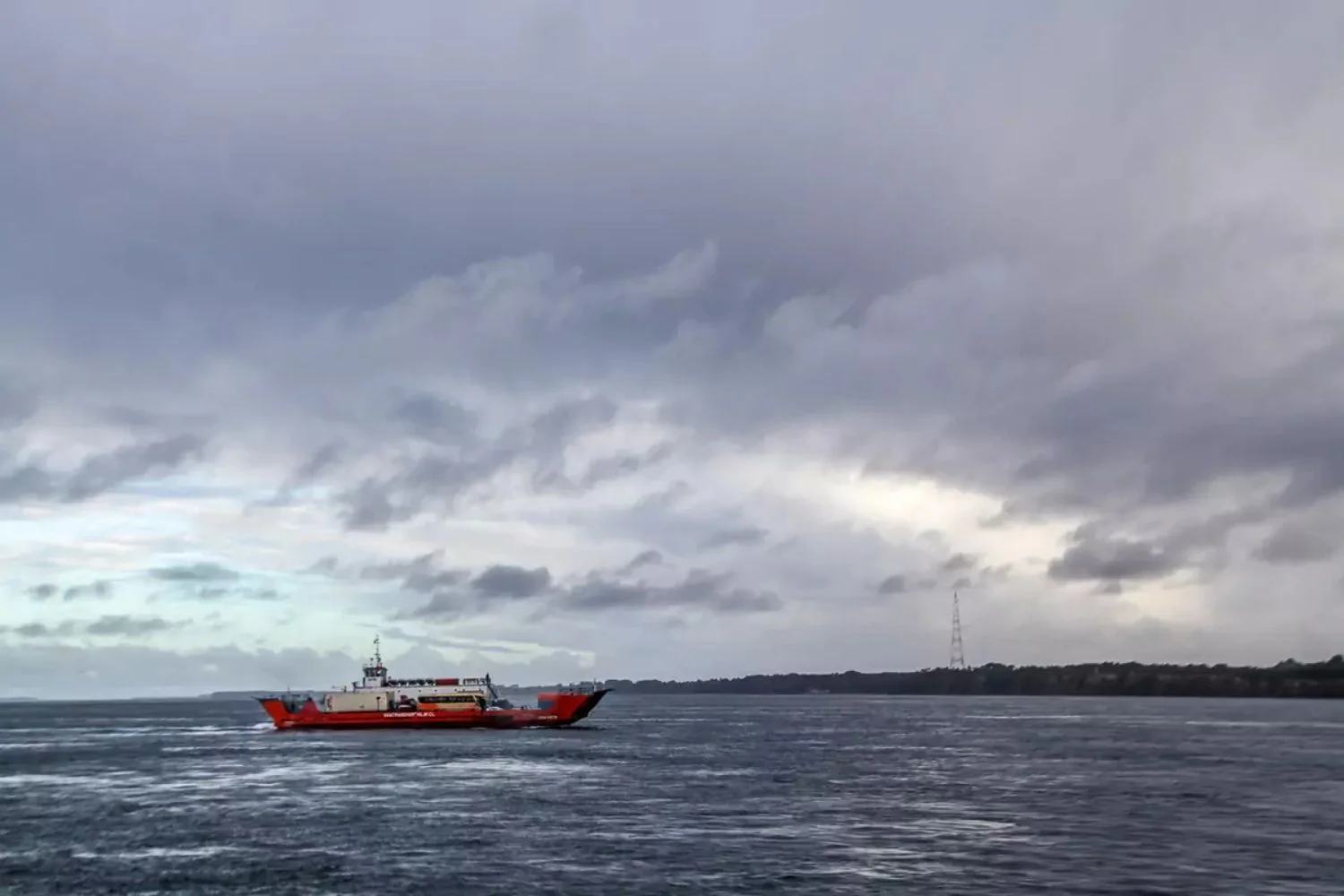
Getting There
Chiloe can be reached by flight from Santiago directly to Castro (roughly 2 hours). The island can also be reached by ferry from Pargua, near the Lake District town of Puerto Montt. The short crossing offers scenic views and a first glimpse of the island’s distinctive landscapes. Transportation time from Puerto Montt to Chiloé is approximately four hours, including a ferry crossing.
Puerto Montt receives flights from Santiago, Puerto Natales, and Punta Arenas, making it easy to combine with the Torres del Paine area, and other locations in Chile’s Lake District.
Start your journey today
LANDED delivers the finest in custom, private travel to Central America, South America, and Antarctica. These regions are our passion; we know them first-hand and by heart. Speak with one of our travel designers and let us create a tailored itinerary for you on Chiloé Island.
How to combine Chiloé Island
Have some extra time? Here are some options for you to combine with.

